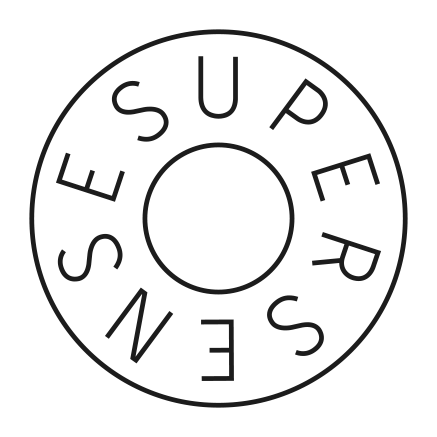
PRO TIP # 2.2 - PEELING
Welcome to part 2 of our ONE INSTANT pro-tip about pulling & peeling; two oft-overlooked procedures, but which are very important to the final quality of your print.
At this stage you've already pulled the film insert out of your camera and processing is taking place. You've got about 3 minutes to psych yourself up for peeling while you wait. [p.s. Now is a great time to clean your rollers!]
There's a couple different things to peel. For one, we must peel the positive and negative apart, and then we need to peel off the rails and the masking parts to finish it off.
Peeling Apart
One of the most important things to know is that you should NOT peel ONE INSTANT films like you would peel Fuji/Polaroid, that is, from the back side, on the same end as the pulling tab. The instructions given here by Fuji will most certainly lead to disaster with our film.

The adhesives used for the rails and masks of Fuji/Polaroid were sophisticated heat-activated glues with very low tack, which came off super clean. ONE INSTANT, being the scrappy, ragtag product that it is, relies on off-the-shelf tapes, and that means our rails and masking parts are significantly stickier. So it's best to first peel apart, and then afterwards take care of the rails and mask.
The best way to peel apart a ONE INSTANT is to lay it down on some surface with the backside of the negative facing up, and to grab the trailing corner of the negative while holding down the positive with your other hand. Then slowly peel the negative back and away, not by lifting your hand in the air, but instead by keeping it as low and close to the table as possible and peeling across the print. This is a little tricky to explain, but if you peel low like this, the negative comes off at the sharpest possible angle from the print, which significantly reduces the risk of some goo falling falling back on the print surface.

At this point do yourself a favor and just tear off the positive assembly from the rest of the processing insert.

Now seems like a good time to mention that if (when) you get goo on your hands, don't panic, but be sure to wash them well when you're finished. The goo is highly alkaline and doesn't play nicely with skin after prolonged periods of time. Gloves are a good option for those wishing to be extra cautious. Whatever you do, do NOT get it in your eyes! If you do, flush them immediately with cool water for at least 15 minutes.
Removing Rails and Mask
Moving on... it's now time to take off the white rails and black masking elements. Again, the name of the game is to remove the sticky bits by peeling them off at a low angle, not by pulling them up. This low angle of peeling creates a sharp angle of removal, which is the safest way to remove adhesive tape from a photographic surface.

For the black masking parts, use the same principle; low and slow! If you do it right, you will not damage your print and you'll be left with a beautiful, clean image.

Something we've recently noticed is that our [upcoming] black & white product has a tendency to delaminate more than the color P7. So it's extra important to take care when peeling things off, especially the black masking parts.
That's all for now! As usual, drop us a line at techsupport@one-instant.com with questions or comments.
Liebe Grüße aus Wien!

